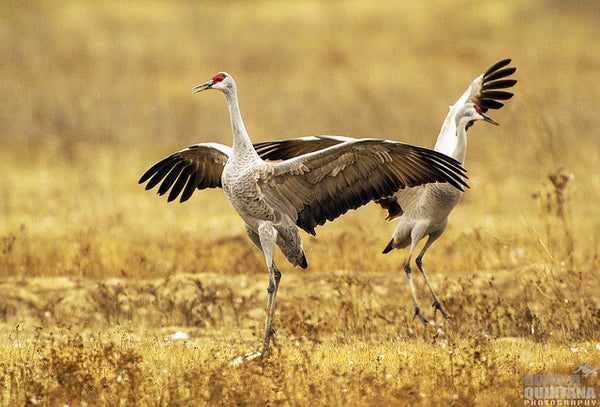
Donald Quintana/flickr
Wildlife photography is one of the most difficult, but also one of the most rewarding forms of the art. Interested in taking a stab at it? We’ve got the lowdown on how to be a true “artiste.”
When it comes to animals, taking the perfect photo requires patience and skill, but once you’ve mastered the technique, you’ll be able to shoot some of the most vibrant and rare subjects on the planet. The following tips will help you develop a collection of snapshots so intricate and fascinating, you’ll be proud to display them for the world to see.
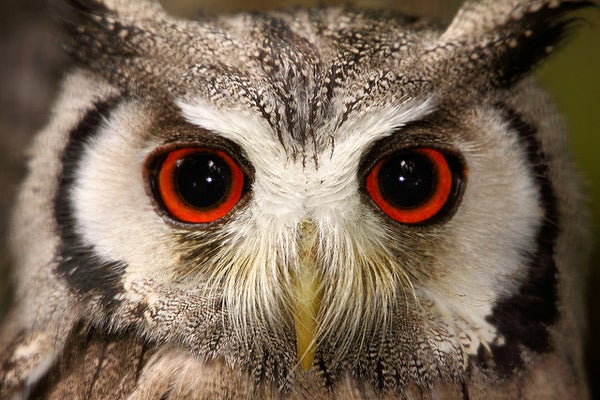
Airwolfhound/flickr
The key to creating a dramatic photograph of any living subject is to connect with their eyes, which means, well, keeping the lens at eye-level. If you’re photographing animals, especially small ones, this will probably require you to get low to the ground. which might mean you have to be willing to get a little dirty.
While overhead shots work for simply identifying a creature, in order to capture the intensity of an animal, it’s imperative that you’re careful when it comes to positioning your camera.
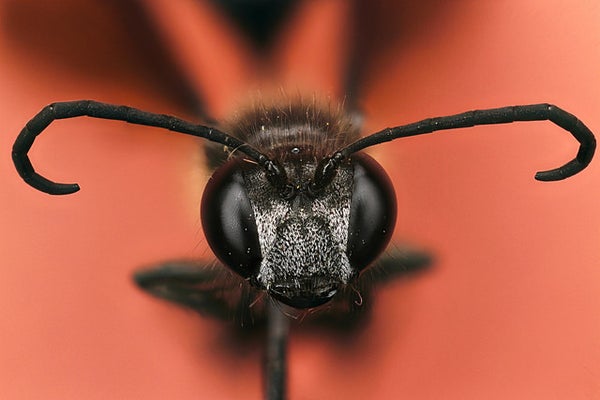
Macroscopic Solutions/flickr
If you’re photographing relatively large animals, then your camera’s autofocus function should work, but for anything smaller, capturing the details will require you to get acquainted with manual focusing. This form of macro photography requires precision, and honestly, mastering the craft is usually just a matter of trial and error.
The idea is to make sure your subject fills as much of the frame as possible — this means zooming right in and adjusting the focus until you have a crisp image.
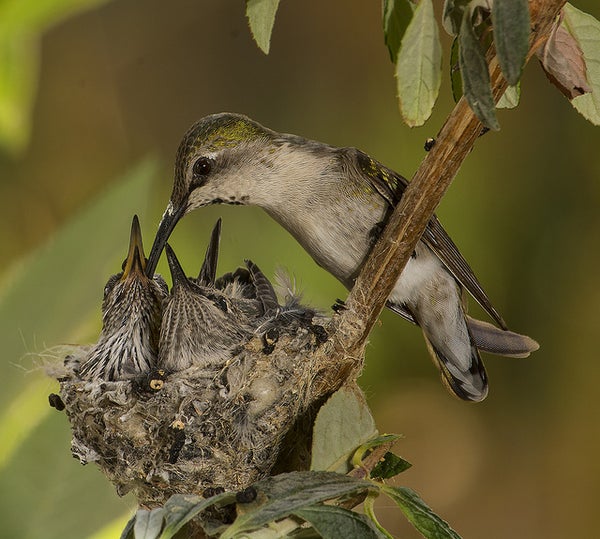
Bill Gracey/flickr
The biggest challenge when it come to wildlife photography is ensuring that you don’t cause any harm to your subjects. This might seem obvious, but in the wild, it’s easy to unintentionally put the animals you’re seeking in danger.
Take, for example, a bird’s nest — a picture of a mother with her newborns might be one of the most precious images you can capture, but even your presence alone could attract predators to the scene.
If you do attempt this kind of shot, be sure to work discreetly, and refrain from doing anything that might disturb the animal’s natural habitat. Having an understanding of the creatures you’re hoping to snap will help you anticipate the possible dangers you could unwittingly bring.
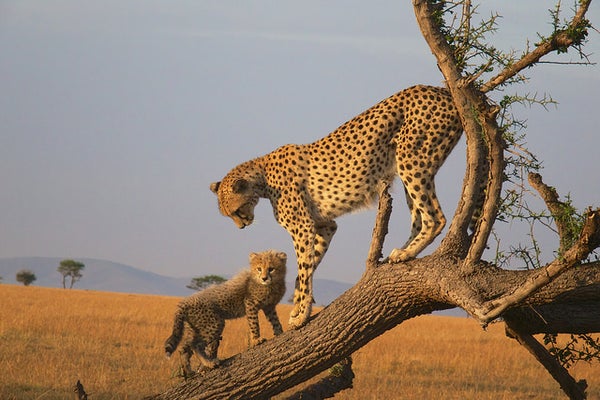
Ed Yourdon/flickr
The great thing about photographing in nature is that there’s plenty of opportunity to practice. While the ultimate fantasy is snapping shots throughout a safari, there are an abundance of opportunities awaiting you in more humble locations — even your garden or local park.
Once you’ve honed your technique with smaller critters, you can move on to bigger conquests — national parks are the best places to go if you’re interested in large animals, but zoos can work just as well, especially if they have big enclosures.
Once you’ve mastered these techniques to some degree, you might start to wonder what to do with your exotic collection of wildlife snaps. Rather than being stored as files on a computer, never to be seen again, why not bring your photos to life with a self-made collage?
With Printique, you can choose from hundreds of templates to tailor-make your own collage design that can then be printed on anything from canvas to acrylic.
Whether you’re thinking of creating a statement wall hanging or a modest paper print, Printique offers a range of solutions that afford you maximum creative control from the second you snap the shot to the moment you print the finished product. The result is a magical insight into nature’s finest offerings that will sit proudly in any home.